München-Berlin Wanderung [Walking from Munich to Berlin] (Oskar Fischinger, 1927)
Nov
20
.png)
A bunch of Buben take a moment to pose between troublemaking. DP: Oskar Fischinger.
A journey or road trip*
Four weeks in four minutes, spanning decades in its disruptive form.
* the Bales 2025 Film Challenge for November is, again, not date-based, but follows a sloppy schmaltzy all-American Thanksgiving-y narrative. Trying to make it work my way.
1920s
“Everything in this masterpiece contributes to its unity: the absolute mastery of editing and rhythm; slow motion, superimpositions, tracking shots, the mobile camera all play their roles and never gratuitously. The photographic quality, worthy of the most learned German operators, the lighting of the sets which envelops them in mystery, the sets themselves, neither realistic nor stylized, but as if sketched; the acting neither realistic nor expressionist, and yet adapted to the fantastic, to the violence; to the pauses; to the blur.” La chute de la maison Usher [The Fall of the House of Usher] (Jean Epstein, 1928)
Oct
21
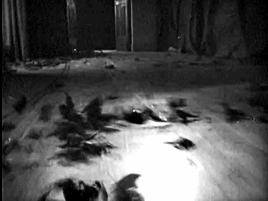
A rapid tracking shot along a dark corridor. Dead leaves follow the camera (via). DPs: Georges Lucas & Jean Lucas.
A favourite horror film adapted from a book or short story*
– Henri Langlois, via
A groundbreaking expressionist interpretation of Poe's inner horrors. Many of the tropes so common in later horror films, are fully fledged and present here.
* the Bales 2025 Film Challenge for October is horror-themed as opposed to date-based, and is all about favourites. Expect non-horror and films I believe to be relevant instead.
“Strange things are happening today.” Au secours ! [Help!] (Abel Gance, 1924)
Oct
18
Au secours !

A rather tall ghost struts along a nonplussed Max. DPs: Émile Pierre, André-Wladimir Reybas & Georges Specht.
A [favourite] horror comedy*. This post goes out to Max Linder, who – together with his wife Hélène “Ninette” Peters – took his own life 100 years ago, on October 31, 1925.
Max (Max Linder) bets that he can spend one whole hour in a haunted castle without calling for help. In face of all the (in camera!) terrors, Max faces his fears with ease. Until, just minutes before the clock strikes midnight, the phone rings.
– title card
And there was this other bet. One between Linder and director Abel Gance. Linder bet that Gance would not be able to shoot a movie in only three days. With ghosts, skeletons, and wildlife galore, the result is a delightful Grand Guignol à la Max.
* the Bales 2025 Film Challenge for October is horror-themed as opposed to date-based, and is all about favourites. Expect non-horror and films I believe to be relevant instead.
狂った一頁 [Kurutta ichipėji / A Page of Madness] (Teinosuke Kinugasa, 1926)
Oct
14
silent cinema
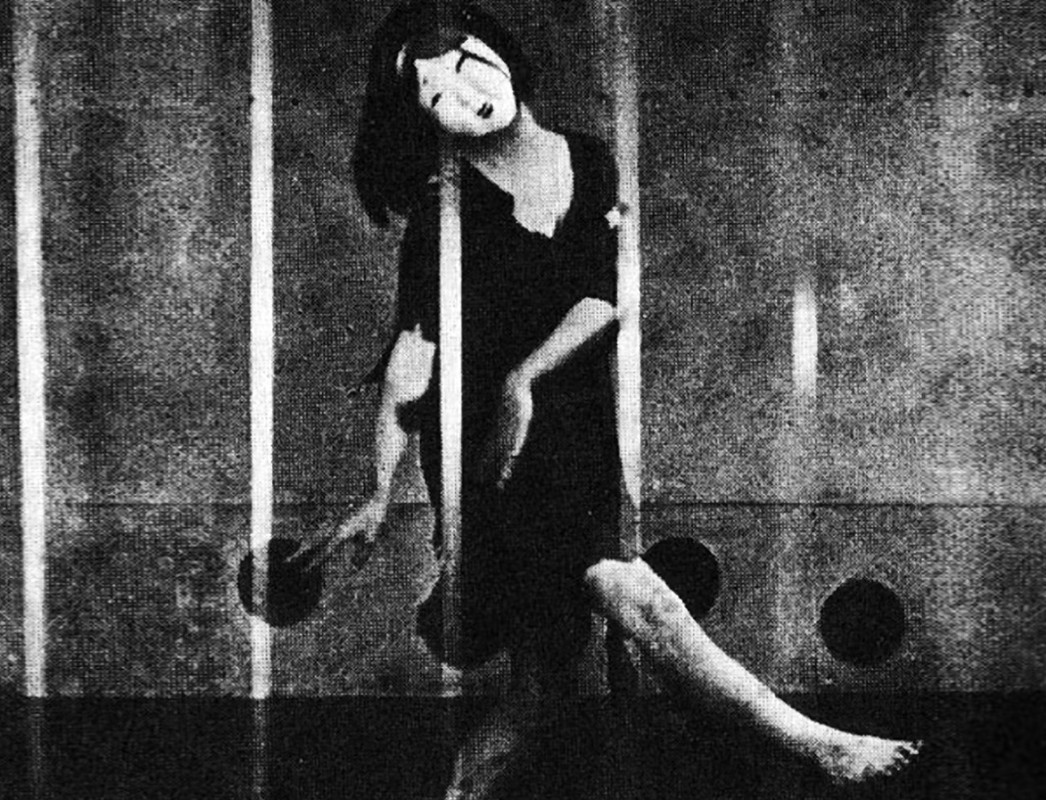
A masked inmate (Eiko Minami) dances. The shot of the dancer is superimposed over a shot of her cel's bars, putting the viewer in the position of the husband witnessing – or is he hallucinating – an inescapable nightmare (via). DP: Kōhei Sugiyama.
A [favourite] silent horror film*
Incomplete and, despite the generally accepted popular Occidental opinion, not a horror film. Oh, to have seen this narrated by Musei Tokugawa…
* the Bales 2025 Film Challenge for October is horror-themed as opposed to date-based, and is all about favourites. Expect non-horror and films I believe to be relevant instead.
KIPHO [Du musst zur KIPHO] (Julius Pinschewer, 1925)
Sep
25
1925

A very modern dressed woman with a small film camera. Superimposed but suggested she's filming it, a large teddybear – a bear is #Berlin's official mascot – to remind viewers that the Kino und Photoausstellung [“Film and Photo Fair”) takes place in the German capital. DP: Guido Seeber.
Die Republik der Backfische [The Republic of Flappers] (Constantin J. David, 1928)
Sep
20
1928
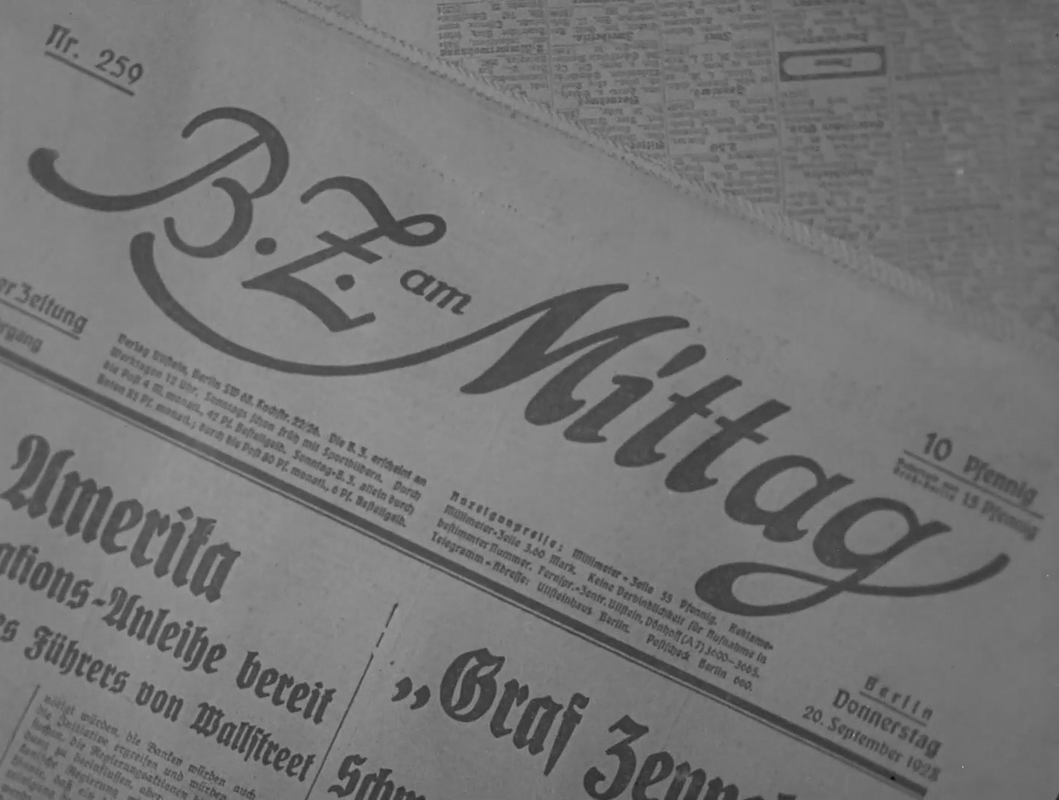
The Berliner Zeitung (a rag of a paper that's still around to this day) of September 20, 1928. It blares something about America and Graf Zeppelin, the then-new airship. DP: Mutz Greenbaum.
Depending on the language version you watch, you'll see a 1928 newspaper headline dated September 20 (a Thursday), January 10 (a Tuesday), or January 9 (a Monday).
“Du, Wolf, nächsten Sonntag — ?” Menschen am Sonntag [People on Sunday, a Film Without Actors] (Robert Siodmak, Edgar G. Ulmer, Rochus Gliese, Curt Siodmak + Fred Zinnemann, 1929)
Jul
31
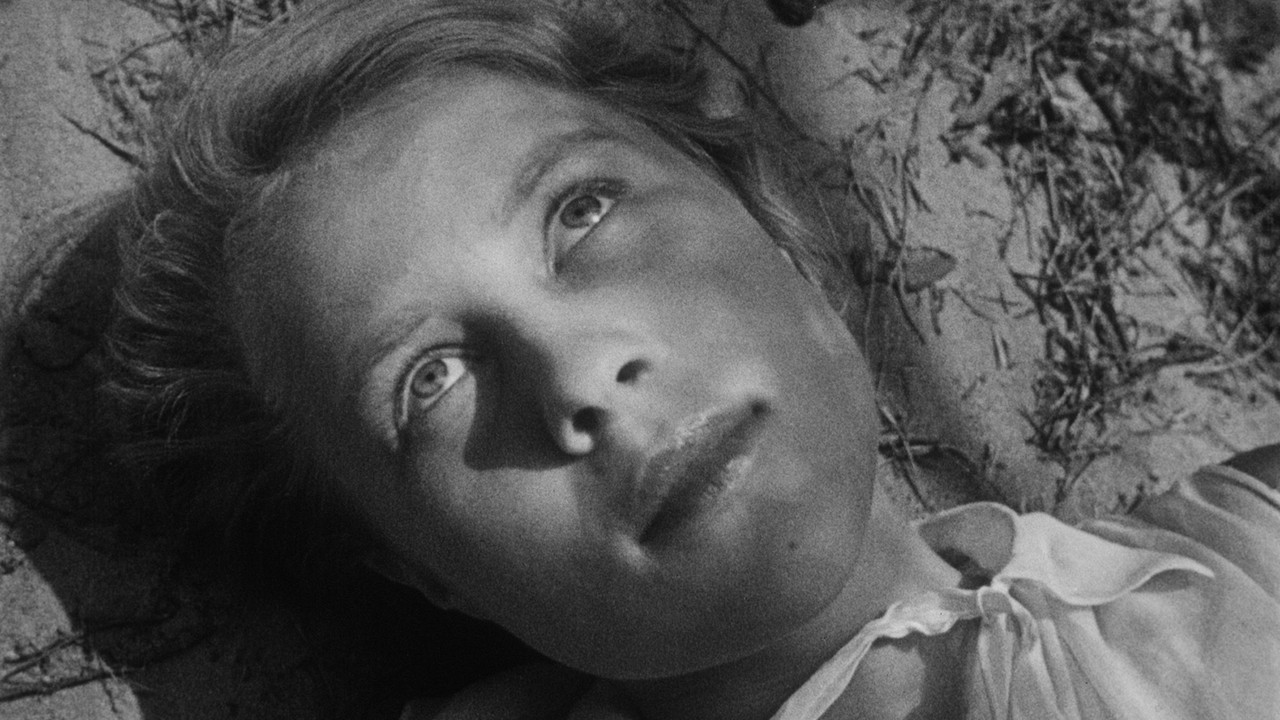
Brigitte Borchert savours her Sunday. The workweek is still lightyears away (via). DP: Eugen Schüfftan.
Someone goes to work*
– title card
Berliners rest on Sunday, we still do. People lounge in the many parks, and on the shores of the city's many lakes. And then, it's Monday.
Released in 1929, according to Atlas Film, who restored this important Weimar classic long before Criterion put their grubby hands on it.
* the Bales 2025 Film Challenge for July is, for unknown reasons, mostly not date-related and follows some sort of vacation narrative.
“You've won a doll and a kiss. I'll give you the doll and your girl can give you the kiss!”Lonesome (Pál Fejős, 1928)
Jul
3
Sat
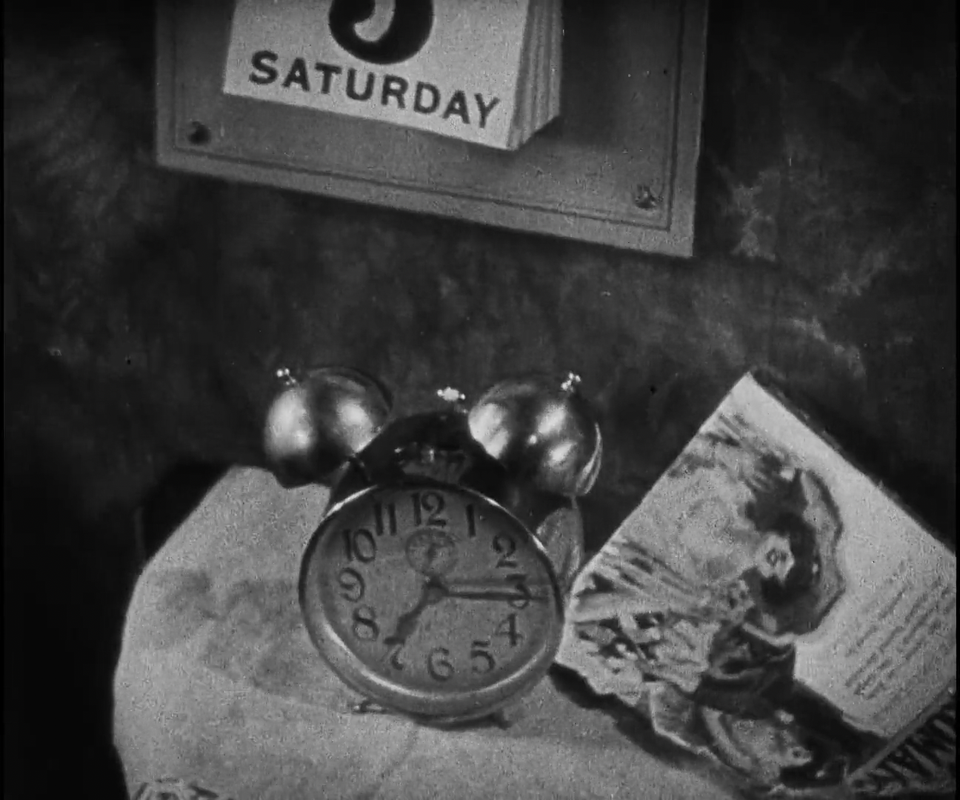
An alarm clock informs us it's 7:15 while the calendar adds that it's the 3rd on a Saturday. Next to the alarm a crumpled up ladies' magazine. DP: Gilbert Warrenton.
– Coney Island barker
“But this art of total synthesis that is Cinema, this fabulous newborn of Machine and Sentiment, is beginning to cease its moans and is entering its infancy. Its adolescence will soon arrive, seize its intelligence, and multiply its dreams; we ask that we hasten its development, precipitate the advent of its youth. We need Cinema to create the total art toward which the other arts have always tended.“Combat de boxe (Charles Dekeukeleire, 1927)
Jun
30
Mike Tyson – 1966
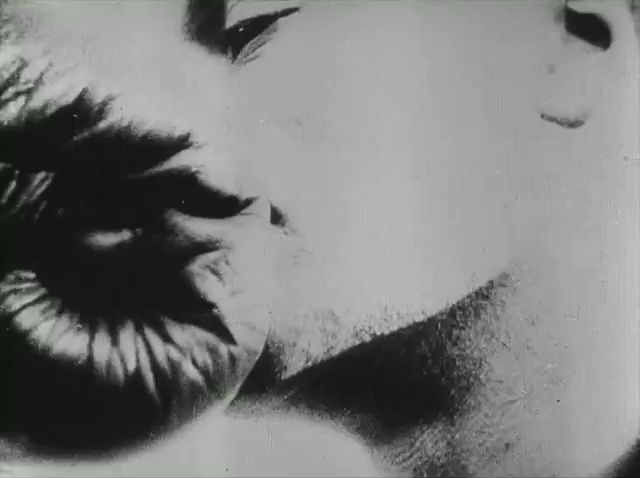
One of the fighters receives a direct hit. The camera is so close that we see abstract shapes, texture and contrast before recognising the scene. DP: Antoine Castille.
A [favourite] athlete in a film role for Mike Tyson's birthday
– Ricciotto Canudo, Gazette des sept arts, 1923 (via)
The match you see is real, between two actual fighters. Paul Werrie's rhythmic poem served as the basis. Everything else is illusion made flesh with what was available. An empty painter's studio, a few friends, footage of a crowd, a deep comprehension of the Kuleshov effect and rapid Soviet-style editing. Dekeukeleire places us from the safe world of the spectator right in the line of fire. But there's no release like in James Williamson's The Big Swallow (1901). Without that gimmick, cinema enters Canudo's realm, as the seventh art.
“It's spooky! It sounds… unholy!”The Unholy Three (Tod Browning, 1925)
May
6

Tweedledee (Harry Earles), Hercules (Victor McLaglen), and Echo – The Ventriloquist (Lon Chaney). DP: David Kesson.
– Echo